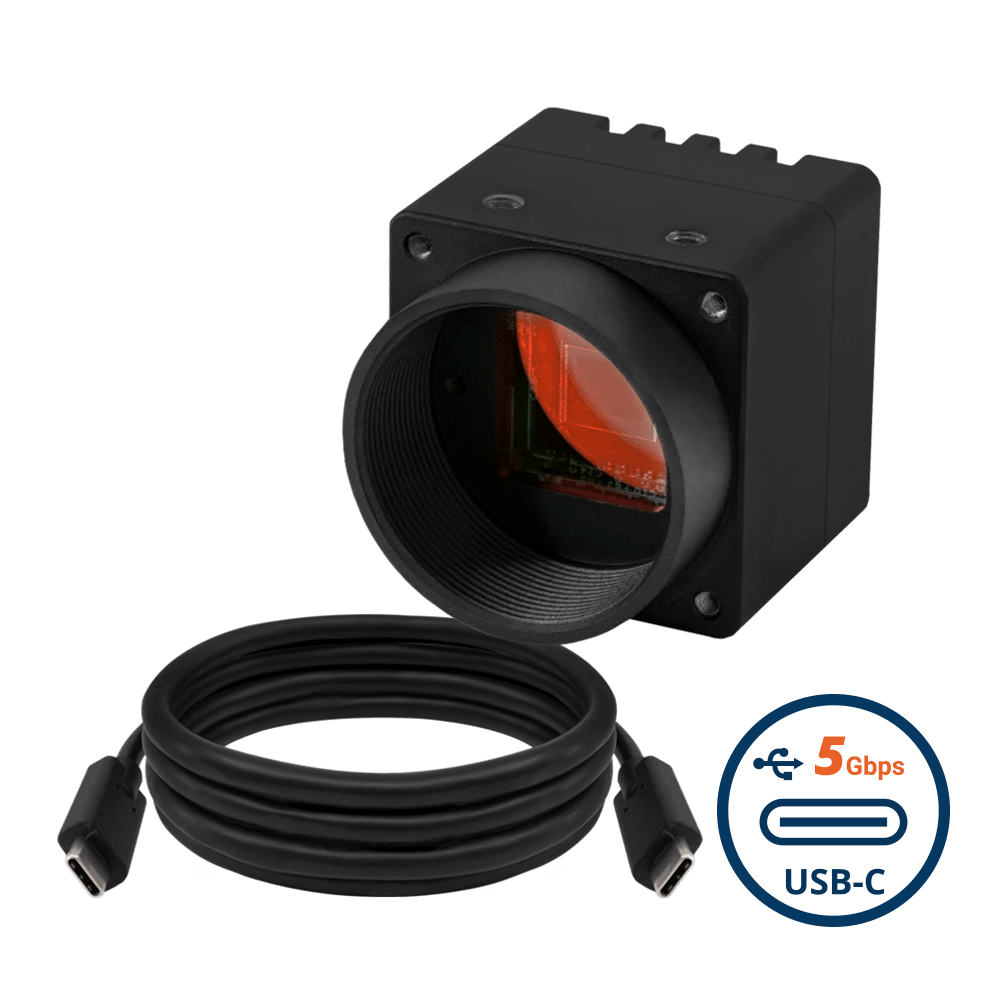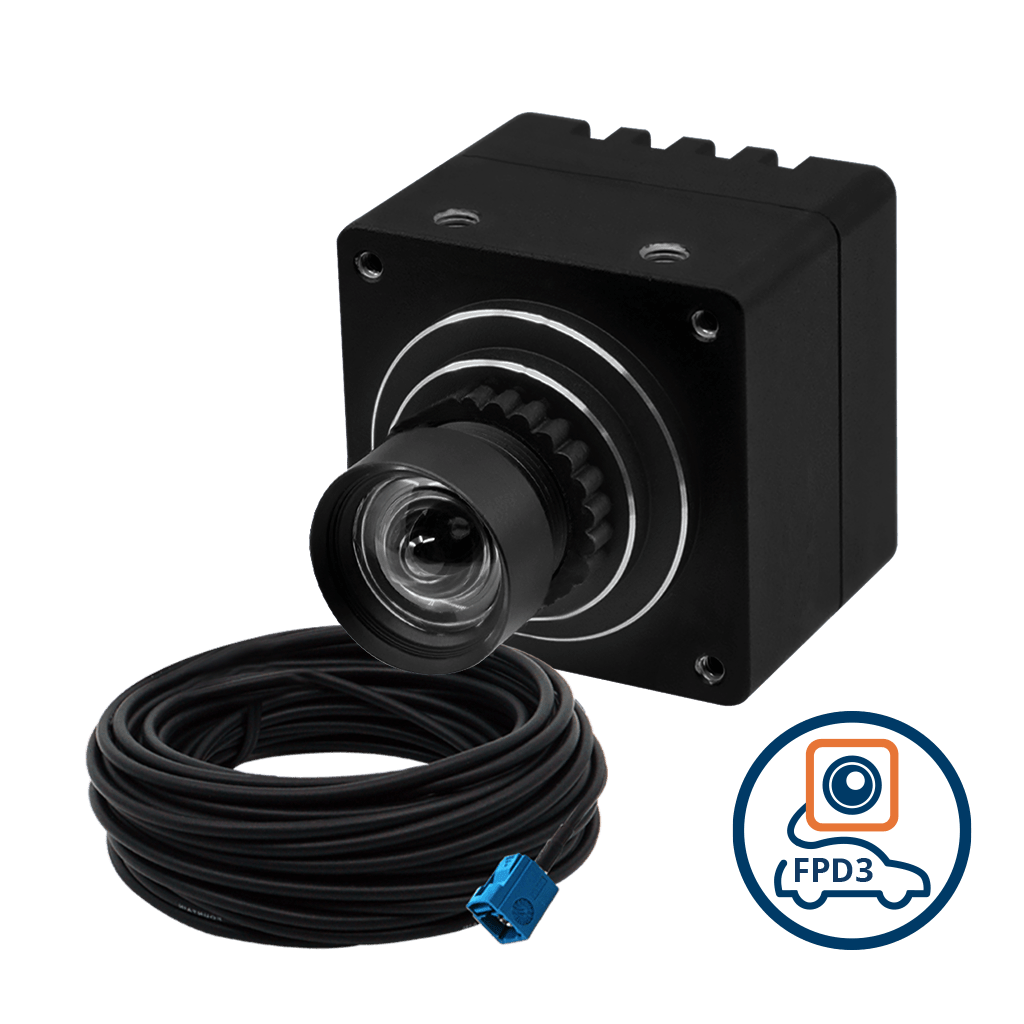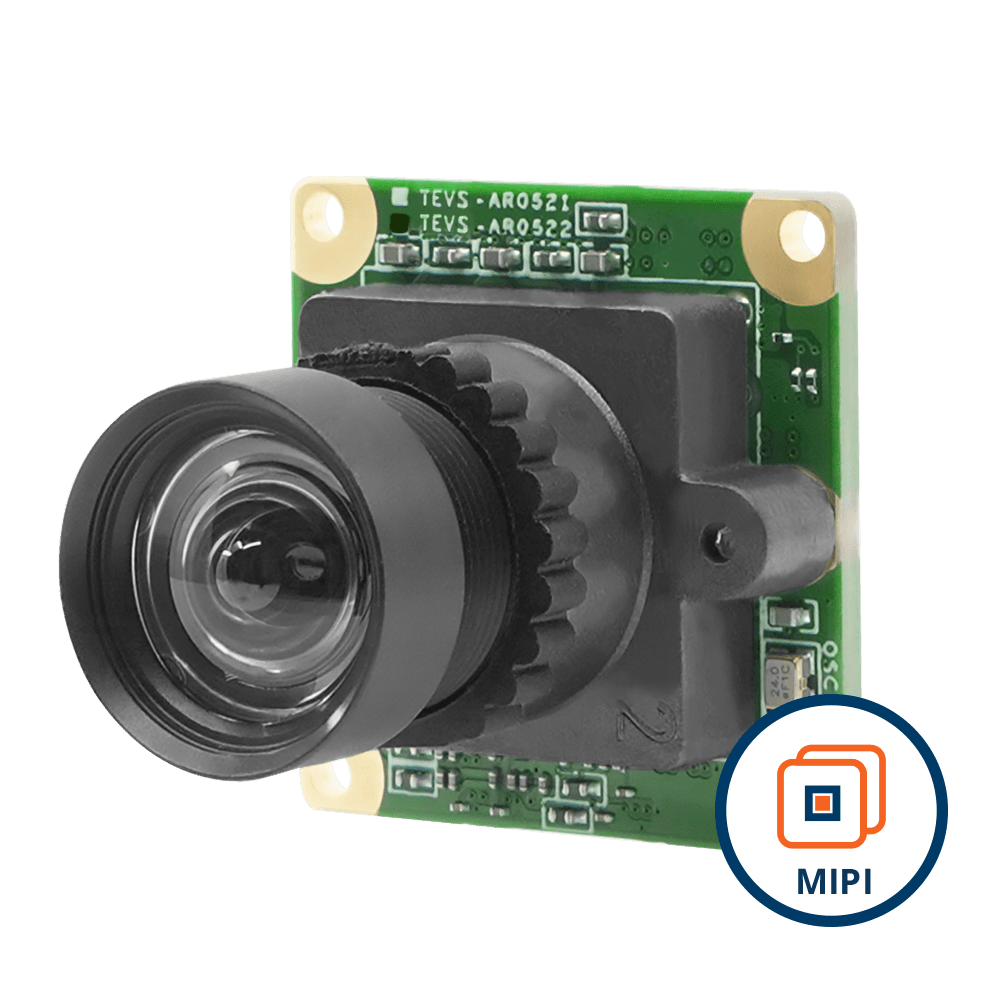One of the most important criteria for selecting a camera for an embedded vision application is chroma type.
It’s not like monochrome cameras are superior to color cameras or vice versa. Rather, both serve different purposes, with varying light absorption characteristics and processing techniques.
As many say, it’s not a battle between the two. It’s more about choosing the one that fits your application better.
In this insightful article, we aim to educate you on the critical differences between color and monochrome cameras and their working principle. We will also throw light into some related concepts and the embedded vision applications where each is preferred.
What is a Color Camera?
We all know what a color camera does in a practical sense. But how many of us know the working principle behind it?
A color camera can capture and produce colored image outputs. As you know, light information is captured using sensors, and sensors are made up of individual pixels. In color cameras, a CFA (Color Filter Array) is overlaid on the sensor to admit photons of the desired wavelength.
Color Filter Array and Bayer Pattern
A CFA is an arrangement of color filters on top of a camera sensor array that allows light only of a particular wavelength to fall on a single pixel or photosite. There are many CFA filters available.
But the Bayer Filter or Bayer Pattern is the most common one used in embedded vision. Bayer pattern comes with alternating red, green, and blue filters.
The number of green filters is twice that of the red and blue pixels.
This weight of data towards green is due to the human eye’s higher sensitivity towards green light.
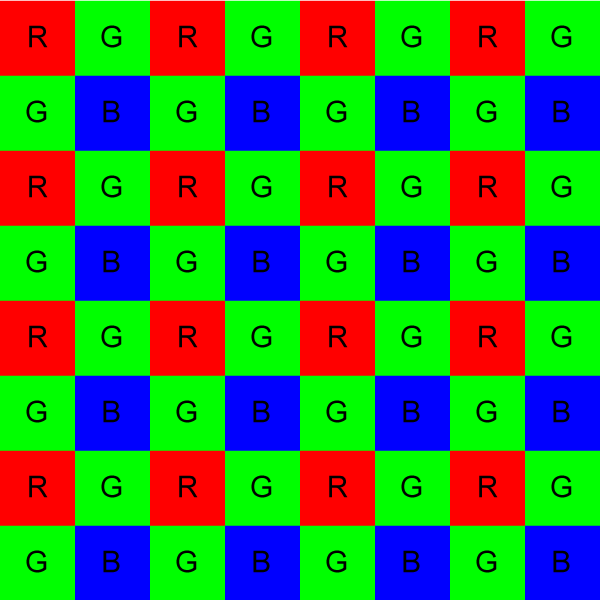
Bayer Pattern
What is Demosaicing?
Since color cameras use CFAs, the raw output (also called Bayer output) is a combination of pixel values, each representing a single color, and appearing like a mosaic. Hence, the algorithm processing required to reconstruct the full-color image is called demosaicing or debayering.
There are many different demosaicing algorithms, each with its advantages and drawbacks. Some popular demosaicing methods include nearest neighbor interpolation, bilinear interpolation, and bicubic interpolation. Utilizing the proper demosaicing algorithm helps maintain color fidelity, avoid artifacts, and prevent the reduction of the resolution and sharpness of the output images.
What is a Monochrome Camera?
As the term suggests, monochrome cameras produce colorless images and do not use a CFA. Their pixels absorb red, green, and blue colors without any filter. This would mean they come with higher sensitivity owing to a higher light absorption rate. In addition, they do not need demosaicing to process the image.
Why do Some Embedded Vision Systems Need Monochrome Cameras?
One question that might arise regarding monochrome cameras is whether they are required in modern embedded vision applications. Don’t all camera systems need color images?
The first thing we need to understand here is that unlike mobile phones or consumer cameras, embedded cameras are used in industrial and commercial applications. These applications come with unique requirements, which might not always require a color camera, or rather would find a monochrome camera to be a better fit.
We will dive deep into the applications of monochrome cameras in a later section. But here are some advantages of monochrome cameras that make them a better choice in many embedded vision systems:
- They come with higher sensitivity compared to color cameras in both visible and near-infrared (NIR) spectra.
- Computer vision algorithms are generally better at analyzing monochrome images, especially when it comes to AI-based inferencing. However, AI algorithms are getting better at inferencing color images.
- Monochrome cameras tend to offer higher output resolution since they can absorb more light into the photon wells compared to color cameras.
Embedded Vision Applications of Color Cameras

Many embedded vision applications require color cameras. That’s almost the entire universe of camera-based applications. Here are a few notable ones that are creating a buzz today:
- Robotics
- Smart traffic systems
- Precision agriculture
- Drones
- Sports analytics
- Autonomous shopping systems
- Medical diagnostics
Embedded Vision Applications of Monochrome Cameras
It is not practical to call out an umbrella category and say that all such systems use monochrome cameras. For instance, there are situations where an ophthalmology diagnostic device needs to use a monochrome camera (e.g., some retinal scanners). At the same time, certain other types of eye diagnostic devices will need a color sensor (e.g., fundus camera). So, what we will attempt to do is to pick specific applications and explain why they need monochrome cameras vs. color cameras.
Iris Recognition Based Biometric Systems
Many biometric systems use iris recognition as the method of identity verification.
Since monochrome cameras come with high sensitivity in the NIR spectrum and are more ‘friendly’ to AI-based vision algorithms, they fit biometric systems better. This is, of course, provided that no color information needs to be collected for any other type of analysis.
However, it is still recommended to go with a Near-IR enhanced camera (such as TEVS-AR0522 or TEVS-AR0822 from TechNexion) in case high NIR sensitivity is required.
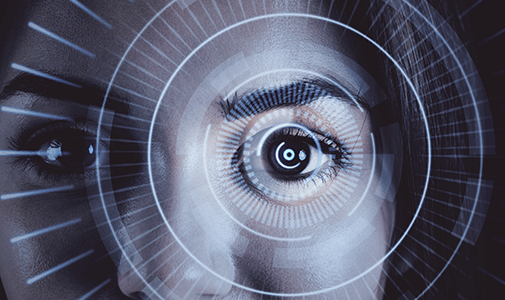
ANPR (Automatic Number Plate Recognition)
ANPR cameras in smart traffic devices are used to capture license plates. The images are then analyzed using OCR (Optical Character Recognition) to read the license plate and identify the vehicle details.
As you can imagine, this doesn’t require the camera to collect color information. That makes a perfect case for monochrome cameras.
In addition, ANPR cameras need to operate in night conditions in areas with limited lighting. This demands the camera to have high sensitivity, in which case a monochrome camera is a better choice compared to color cameras. However, it is essential to note that colored license plates are used in some geographies where a color camera must be used to precisely recognize license plates.
Barcode Scanning

Barcode scanning is a common technique used in many industrial and commercial applications. They help:
- Robots with guided navigation
- Industrial handhelds with product logging and inspection
- Pick and place robots with identifying objects.
- Quality inspection systems with identifying packages and objects
- Airport baggage checking systems with baggage identification
Most of these systems use black-and-white barcodes. Hence, monochrome cameras are an excellent choice for them. Like in the case of license plates, colored barcodes are used in some cases where a monochrome camera would not suffice.
Microscopy
The chromaticity of the camera you choose will depend on the specific type or purpose of the microscopy application. For example, molecular analysis using colored reagents or involving colored outputs will certainly need a color camera. On the other hand, techniques involving textural analyses alone would find a better fit in monochrome cameras.
Another example of a microscopy technique where monochrome cameras are a great choice is fluorescence microscopy. This is because monochrome cameras are more sensitive to light than color cameras.
Quality Inspection
Factory automation applications where cameras are used to check whether a bottle is adequately filled or not can use monochrome cameras effectively.
This is widely used in bottling plants to ensure the desired quantity of the liquid is filled in the bottle.
Monochrome cameras are also effective in identifying defects by analyzing the shape and texture of finished products.
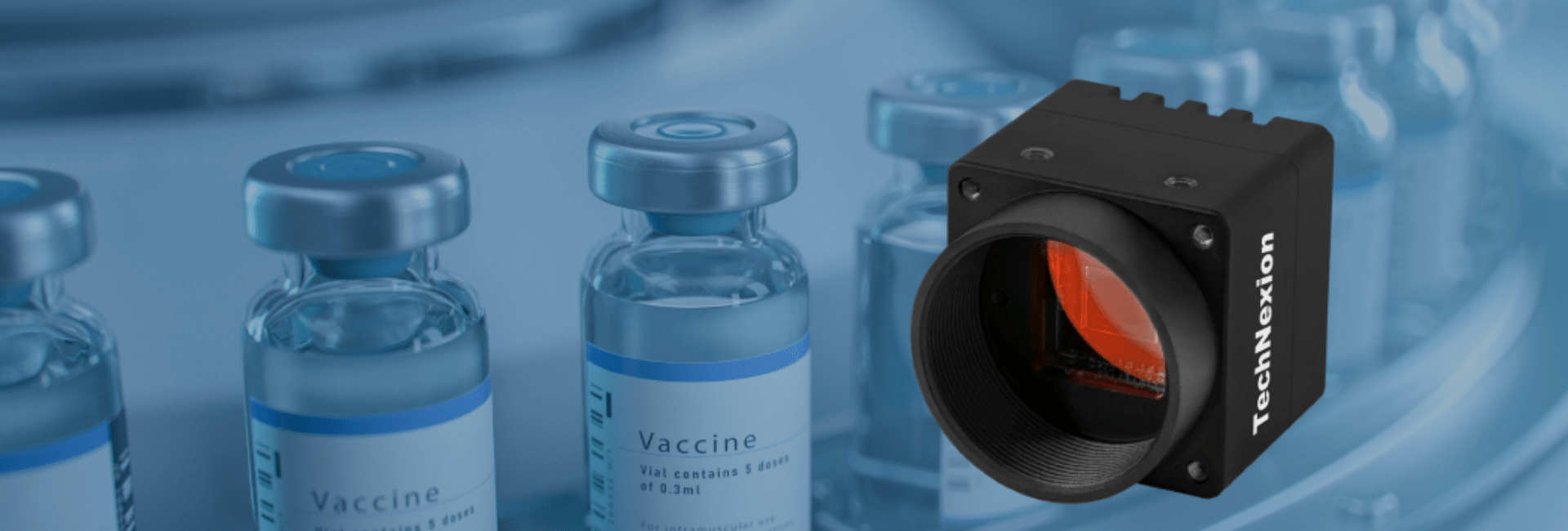
TechNexion: Color and Monochrome Cameras for the Present and Future
TechNexion invests heavily in research and development to bring the latest and most advanced embedded vision solutions to the market. In this pursuit, we have developed color as well as monochrome solutions that fit the needs of any embedded vision system.
These range from rolling shutters to global shutters, USB cameras, and MIPI cameras. Our camera solutions are compatible with processor families such as NVIDIA Jetson, TI TDA4, TI Sitara, and NXP i.MX8, and AMD/x86-based hosts.
Please watch the video to learn more about our embedded vision solutions. Did you know that we have a world-class manufacturing facility that gives us an edge over our competition? Read more about how we do it here.
Related Products
- What is a Color Camera?
- Color Filter Array and Bayer Pattern
- What is Demosaicing?
- What is a Monochrome Camera?
- Why do Some Embedded Vision Systems Need Monochrome Cameras?
- Embedded Vision Applications of Color Cameras
- Embedded Vision Applications of Monochrome Cameras
- Iris Recognition Based Biometric Systems
- ANPR (Automatic Number Plate Recognition)
- Barcode Scanning
- Microscopy
- Quality Inspection
- TechNexion: Color and Monochrome Cameras for the Present and Future
- Related Products
Get a Quote
Fill out the details below and one of our representatives will contact you shortly.

